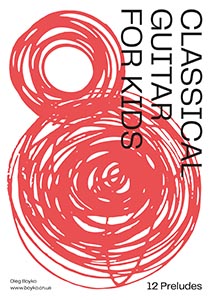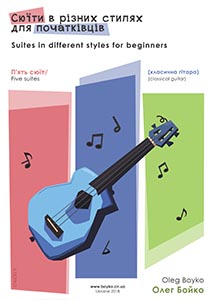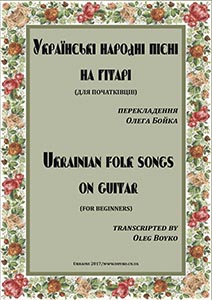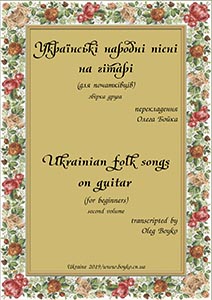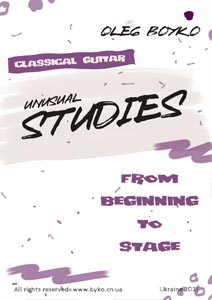
There is plenty of music sheet for classical guitar of various styles, directions and levels of difficulty. There is also enough methodical literature for all tastes. However, every year there are appearing new schools, methodical collections and exercises. That’s why the art of playing classical guitar is not standing still.
During my pedagogical activity rather often I faced the problem of searching or creating small exercises for a particular technique and solution of a particular problem. What didn’t suit me in the existing studies? First of all, the monotony of technical material (the accent only on the left hand technique of a performer, while the concentration of sound control is mostly in the right hand; a limited quantity of technical methods: arpeggios, chords, passagework technique). Secondly, it’s an amount of musical material. As a rule, the main efforts were aimed to memorize the text, which distracted from the very purpose of etudes, the work on a certain type of technical difficulties.
That is how the collection «Unusual Studies» appeared.
What is their «singularity»?
The collection is conditionally divided into several sections in the order of increasing the complexity of material, and it concludes with three «Concert Studies». They are distinguished by a more developed emotional atmosphere and rather high level of complexity and size. These studies require a certain level of preparation and can diversify a performer’s concert program. Nevertheless, they are only an addition to the basic material, which is focused primarily on the elementary and intermediate levels of training.
When it comes to the “singularity”, focus is shifted to the right hand, with the detailed fingering of the right hand. The fingers «p» and «a» are introduced more actively, paying attention to the alignment of their sound, attack power. It is necessary to strive for full equality of all fingers of the right hand, using fingers «p» and «a» not only when playing bass and melody, but also in arpeggio, passaggio technique (in the middle of an arpeggio or passaggio).
- learning to use touches in a high contrast while playing: staccato/legato. This, in my opinion, is extremely necessary to already assimilate at the initial stage of training.
- active use of the alternation in the musical material of open and closed strings. Control over the strength of the sound of open strings, timbre ratio.
- using the high positions of the guitar’s fingerboard with open strings without excessive physical effort .
- rather small size of studies. This allows to concentrate directly on the technical difficulties, rather than on memorizing.
I hope that this collection will help you to achieve the desired result faster and more effectively, will bring not only methodical benefit, but also aesthetic pleasure
Sketch in Funk from "Unusual Studies"
Download
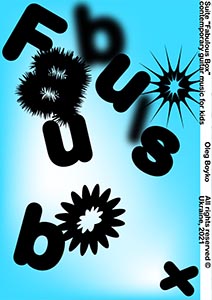
![]()



